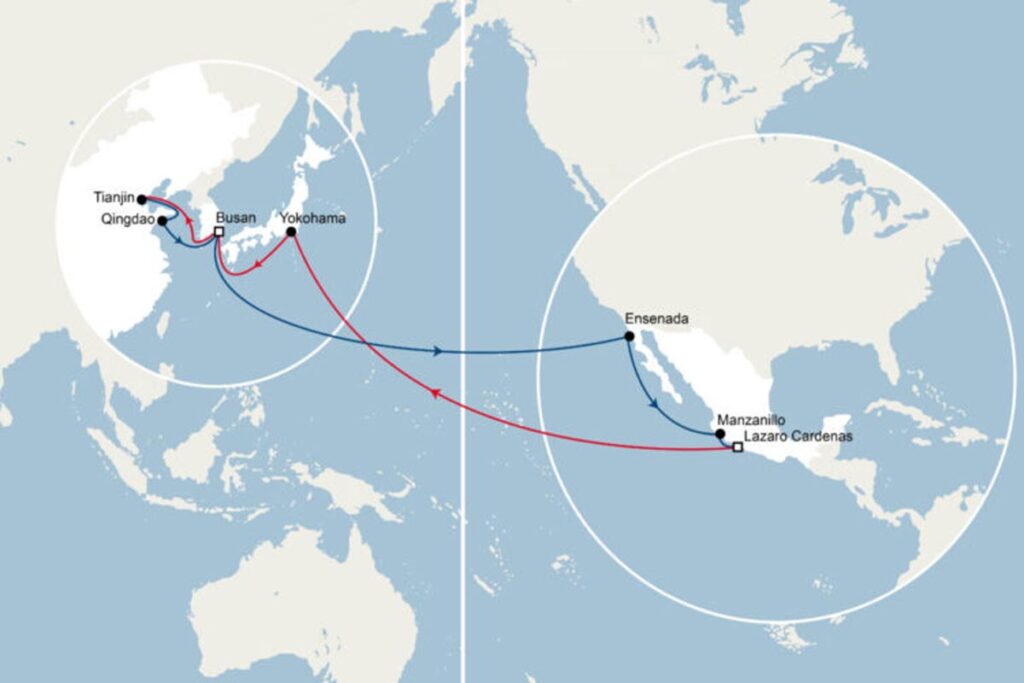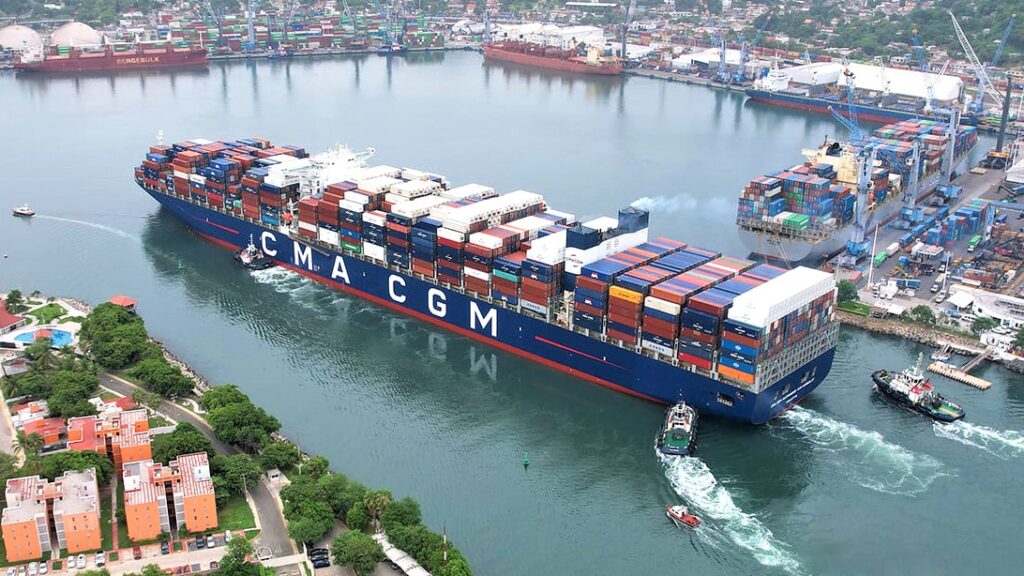The Maritime Shipping series with Don Maier, associate professor of practice in supply chain logistics, clarifies the challenge of how goods are moved on the high seas and investigates alternative global trade routes. Read the first post about the consequences of geopolitical issues affecting trade through the Suez Canal and the second on what happens when cargo is diverted.

Transportation and logistics professionals are continually reminded to diversify operations to lessen the negative impact of supply chain disruptions. Since the pandemic, resiliency has become the mantra of organizations. However, with the effects of global events, from the loss of the Keys Bridge to issues at the Red Sea and Panama Canal, longshore labor negotiations, and the 2021 Suez Canal closure, each link in the chain has had to operate under a new model.
Procurement has had to secure contracts with more vendors from multiple countries. Manufacturing has off-shored, re-shored, near-shored, and friend-shored to establish operational continuity plans with new facilities or contract manufacturers. These decisions, coupled with increased tariffs, have increased the number of new locations for logistics to connect and manage inventory, information, and financial capital flowing through the supply chain.
We learn to create new logistics networks to divert the flow of trade. But what do these diversions look like? What is the strategic or operational benefit of these so-called new logistics networks?
When the West Coast International Longshore and Warehouse Union (ILWU) labor contract negotiations began in 2022, many Beneficial Cargo Owners (BCOs) shifted volume to East Coast ports to prevent a potential disruption in operations. Logically, East Coast port volumes increased. However, volume reverted west once a new contract was ratified in 2023. Today, East Coast International Longshoremen’s Association (ILA) labor negotiations are underway, with the possibility of a strike at the height of holiday shipping and on the eve of the U.S. presidential election, shifting more container volume to the West Coast.
Besides shifting freight from coast to coast, Mexico has become an increasingly popular alternative for BCOs. Annual growth figures for Chinese goods handled in Mexican ports increased by 34.8% in 2023 (compared to just 3.5% in 2022). Scores of Chinese companies have relocated to industrial parks in northern Mexico to bring production closer to the U.S. market. On top of shaving costs on shipping, the final product’s country of origin shifts from China to Mexico, which qualifies under the USMCA. Chinese firms can therefore avoid tariffs and sanctions imposed on their goods amid the trade war with their global rival. Import container bookings from China to Mexico have risen 44% over the past year, since March 1.
Shipping lines are well aware of Mexico’s growing capabilities. COSCO (and its subsidiary OOCL), MSC, and CMA-CGM have all added lanes from Asia to Mexico. CMA-CGM announced a new service, M2X–Mexico Express, specifically designed to streamline shipments from China and Japan to Mexico’s West Coast. The Port of Lázaro Cárdenas completes the rotation from Japan, South Korea, and China through the various liner schedules.
Now, let’s look at how this inventory moves north to U.S. markets.
For everyone following transportation-related acquisitions, the Canadian Pacific Railway (CP) acquired the Kansas City Southern (KCS) in late 2021. While the newly formed company, CPKC, may not make mainstream headlines, this acquisition was an exceptional example of corporate strategy and why investing in logistics infrastructure is vital to economic growth.
The CPKC connects the Port of Vancouver to the Port of Montreal and Searsport, Maine, directly on the Atlantic coast. Through previous acquisitions, CPKC also travels through the American Midwest, connecting to the acquired KCS lines that extend directly through central Mexico before branching off to the Gulf coast ports of Tampico, Altamira, and Veracruz (as well as Lázaro-Cárdenas on the Pacific coast). Ricky Stover, CPKC’s AVP of sales and marketing, described the strategic importance of these routes during the Transportation and Logistics showcase at the Spring Supply Chain Forum.

CMA-CGM M2X -Mexico Express, specifically designed to streamline shipments from the Far East to Mexico’s West Coast.
The Canadian National Railway (CN) also has interchange agreements in Mexico, connects the Canadian coasts, and travels through the Midwest. Both Canadian rail lines are truly continental. US-based BNSF and Union Pacific also continue to sign interchange agreements with Mexican rail providers. Even if Canadian rail lines strike later in May, it may only impact Canadian operations.
Even the US-based short-line rail operators are finding new routes to connect the U.S. to Mexico and global markets. In early January, the Genesee & Wyoming (G&W) announced that Grupo-Mexico would be its new partner in a rail car-on-ferry operation connecting the Port of Mobile in Alabama to the Port of Coatzacoalcos. Once in Mexico, the rail line can connect to another rail corridor to connect to the Pacific coast and the Mexican interior.
There is the question of clearing customs—though that shouldn’t pose a problem once officials at either Mexican or Canadian ports verify that the cargo is not a threat. The cargo is still “cleared” once the container arrives at a US inland terminal.
Theoretically, U.S. logistics managers have more options with alternative ports for container imports and exports. As potential disruptions form, cargo can be shifted. If a situation develops on the U.S. West Coast, freight can move to either an eastern U.S. port or ports on the West and East coasts of Canada and Mexico or a Gulf coast port in Mexico. There will be options regardless of where new situations arise.
The overall objective is to keep freight flowing. Having operations and liner agreements in place before a potential disruption is also key. Knowing options and conducting network scenario testing with those options provides logistics managers with more alternatives when the next disruption inevitably occurs.
